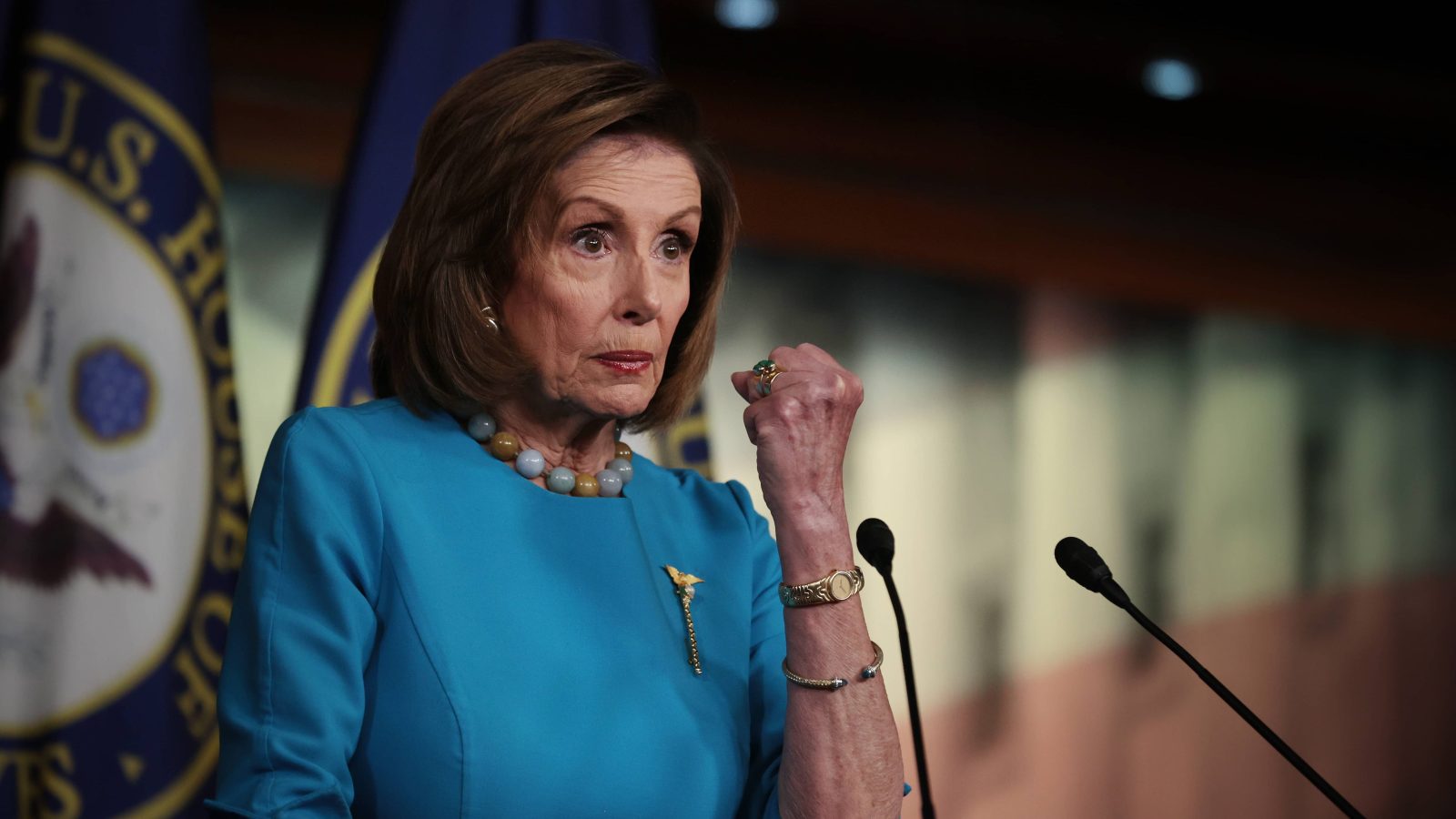On Friday, two weeks after it sent a $1.2 trillion infrastructure bill to President Joe Biden’s desk for signing, the United States House of Representatives narrowly passed the $1.85 trillion Build Back Better Act. If passed by the Senate, the social spending bill would be the largest expansion of the social safety net in half a century. The largest portion of the bill, $555 billion, will go toward fighting climate change — the largest-ever investment in climate action in U.S. history.
Unlike the bipartisan infrastructure bill, the Build Back Better Act faces many obstacles before it lands on Biden’s desk, if Democrats manage to shepherd it there at all. Conservative and progressive senators remain divided over its scope, cost, and ambition. Senator Joe Manchin, a Democrat from West Virginia with connections to the coal industry, has successfully campaigned to shrink the bill and to eliminate a program of incentives and penalties that would have pushed the power sector to decarbonize by 2035. Despite the concessions, Manchin maintains that he has “a lot of concerns” about passing the bill. Senate Democrats need Manchin’s vote in order to pass the Build Back Better Act via reconciliation, a process that allows the upper chamber to bypass the filibuster and approve legislation pertaining to the budget with a simple majority. It remains to be seen whether the disparate factions of the party will be able to agree on the details of a bill of this magnitude.
If they do pass the Build Back Better Act, the federal government would take its first real step toward orchestrating a response to global warming, a problem that scientists agree puts all of humanity in grave danger. In its current form, the climate portion of the bill includes:
- $300 billion in tax incentives for producers and buyers of wind, solar, and nuclear power, and for purchasers of electric vehicles, who would get up to $12,500 in tax credits.
- A $29 billion Greenhouse Gas Reduction Fund that will help state, nonprofit, and local climate finance organizations invest in emissions-reducing technologies.
- $20 billion in workforce development funding for jobs in climate resilience and mitigation.
- $19 billion in home energy efficiency and electrification rebates, funding for new transmission lines, and investments in advanced efficiency technologies.
- $16 billion to help farmers and rural electricity cooperatives and businesses transition to clean energy.
- Language that permanently bans oil and gas drilling in the Arctic National Wildlife Refuge and federal waters in the Pacific, Atlantic, and Eastern Gulf of Mexico.
The bill also contains funding for better climate change modeling and mapping, environmental justice initiatives, planting new trees in underserved areas, buying urban and community forests, and research into sustainable agriculture.
Democrats had planned to vote on the bill on Thursday evening, but House Minority Leader Kevin McCarthy, Republican from California, used his floor time to lambast the legislation until 5 in the morning on Friday. Democrats finally passed the bill, 220 to 213, a little before 10 a.m.
“This bill is monumental,” House Speaker Nancy Pelosi, a Democrat, said at a press conference celebrating the passage of the bill. “It’s bigger than anything we’ve ever done.”
Senate Majority Leader Chuck Schumer promised to take up the legislation in the Senate soon. “We will act as quickly as possible to get this bill to President Biden’s desk and deliver help for middle-class families,” he said on Friday.



